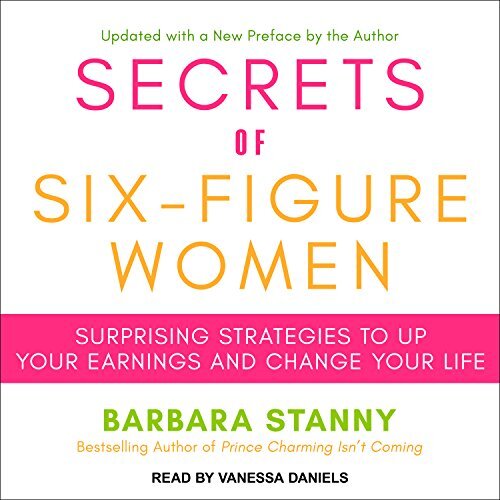Why My Best Clients are the ones Who Used to Live in Financial Chaos
Today I had one of those phone calls that gives my life meaning. I was doing the taxes of a client of mine, I’ll call her Laura, and for the first time in years, she was on top of her taxes, with a big enough refund that we got to talk about personal finance priorities and where to put her money. I had a flashback to a year ago: She had come to me in distress, feeling behind and overwhelmed, with surprise tax bills and no emergency cushion. Laura is a talented musician, who is on tour much of the year, moving house often, and taking in income from lots of different jobs, and without a tracking system so she often got caught off guard with bills and without cash. In short, she had been living in financial chaos. But she knew she didn’t want to live like that forever, and had had enough awful money shocks to commit to changing her situation. She enrolled in my yearlong tax bootcamp program, got her bookkeeping set up, started learning about saving for self-employment tax, and today, she said to me, “Thank you for doing what you do. I love that it will never be this hard again.”
And it crystallized something I’ve been thinking about. A lot of my best clients - the ones who have developed better financial habits, track their expenses, know what they owe and plan for the future - started out in financial chaos. They aren’t born with an intuitive sense of organization or a love for taxes. But it’s the awful experience of being late on bills, surprised by taxes and uncertain how to plan for the future that makes them commit to the work of improving. I say this to encourage the Lauras out there. Financial chaos happens. And in the creative world, for a number of reasons, it happens often. But you can get out of it. And people who know financial chaos are often the ones with the biggest motivation to change it. Mindset matters. Commitment to change matters. These people are my proudest success stories.
I’ve been doing a lot of reading on the habits and mindset that keep people in financial distress, and the tools they can use to get out of it. Barbara Stanny’s Secrets of Six-Figure Women: Surprising Strategies to Up Your Earnings and Change Your Life is one of these books. I want to share with you my most encouraging takeaway from this book. In parallel to my own client experiences, Stanny’s most stunning finding was that many of the high-earning women she studied used to be in the group she calls “chronic under-earners.”
In Secrets of Six-Figure Women, Stanny interviews more than 150 women whose annual earnings range from $100,000 to $7 million, finds the traits they possess and identifies a 7-step process they used to increase their incomes. But she also examines a very different group - those women she calls the “under-earners.” And, as Stanny says in the book, “the most surprising finding in my research was that so many six-figure women used to be under-earners.”
I hope you love that as much as I do. It’s so hopeful.
And before I get into her findings, here’s a note about gender. Although this book talks about women, in my experience, artists of any gender absorb very similar attitudes about money and worth. So male artists, this is for you, too.
Ok, back to Stanny’s research. I want to share my favorite piece of the book with you, which is a comparison of these two groups: under-earners and high-earners. And if you see yourself reflected not just in one group, but in both, now you know that that is pretty normal. And if you’re willing to do the work, it’s possible to move from one group to the other.
The 9 Traits of “Under-Earning Women:”
A high tolerance for low pay
Women underestimate their worth
They are willing to work for free
They don’t negotiate (ie, they accept what is offered, instead of asking for more)
They practice reverse-snobbery (they think badly of wealth and people with it)
They believe in the virtue of poverty (they ascribe positive qualities to it)
They self-sabotage
They are codependent: they put others’ needs unequivocally above their own
They live in financial chaos
And here are the 4 traits that all high-earning women possess:
A profit motive
Audacity: they step out of their comfort zone
Resilience: the grit to get up after setbacks
Encouragement: relationships that help them
If you want to read the whole book, including the 7 step strategy Stanny identifies to move from under-earner to high-earner, check out the book. It’s a great read.

